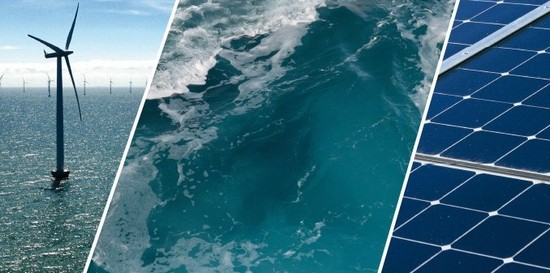Kategori : ELECTRICITY ENERGY NEWS, ENERGY AGENDA NEWS, SOLAR ENERGY NEWS, HYDROELECTRIC POWER PLANT NEWS, WIND ENERGY & RES NEWS - Tarih : 21 July 2021
National Renewable Energy Laboratory (NREL) researchers Wesley Cole, Nathaniel Gates, and Trieu Mai examined how changing the contribution of renewable energy from the optimal solution impacts the cost of building and operating the electricity system, as well as trade-offs between emissions savings and system costs for higher and lower levels of renewable generation.
of renewable generation.
The results, outlined in an Electricity Journal article, point to a nonlinear relationship between system costs and renewable energy contribution: Small deviations from the least-cost solution have minimal cost impacts, while larger deviations from the least-cost solution can result in large cost changes. In addition, increased levels of renewables lead to lower absolute carbon dioxide (CO2) emissions.
“Regional Energy Deployment System (ReEDS) is a least-cost optimization model, it finds the solution that minimizes the annualized cost of the entire electricity system,” Cole said. “Given a set of assumptions and the existing electricity system, ReEDS determines the least-cost mix of generators, storage, and transmission over time that meets system planning and operating requirements.“






